News & Features
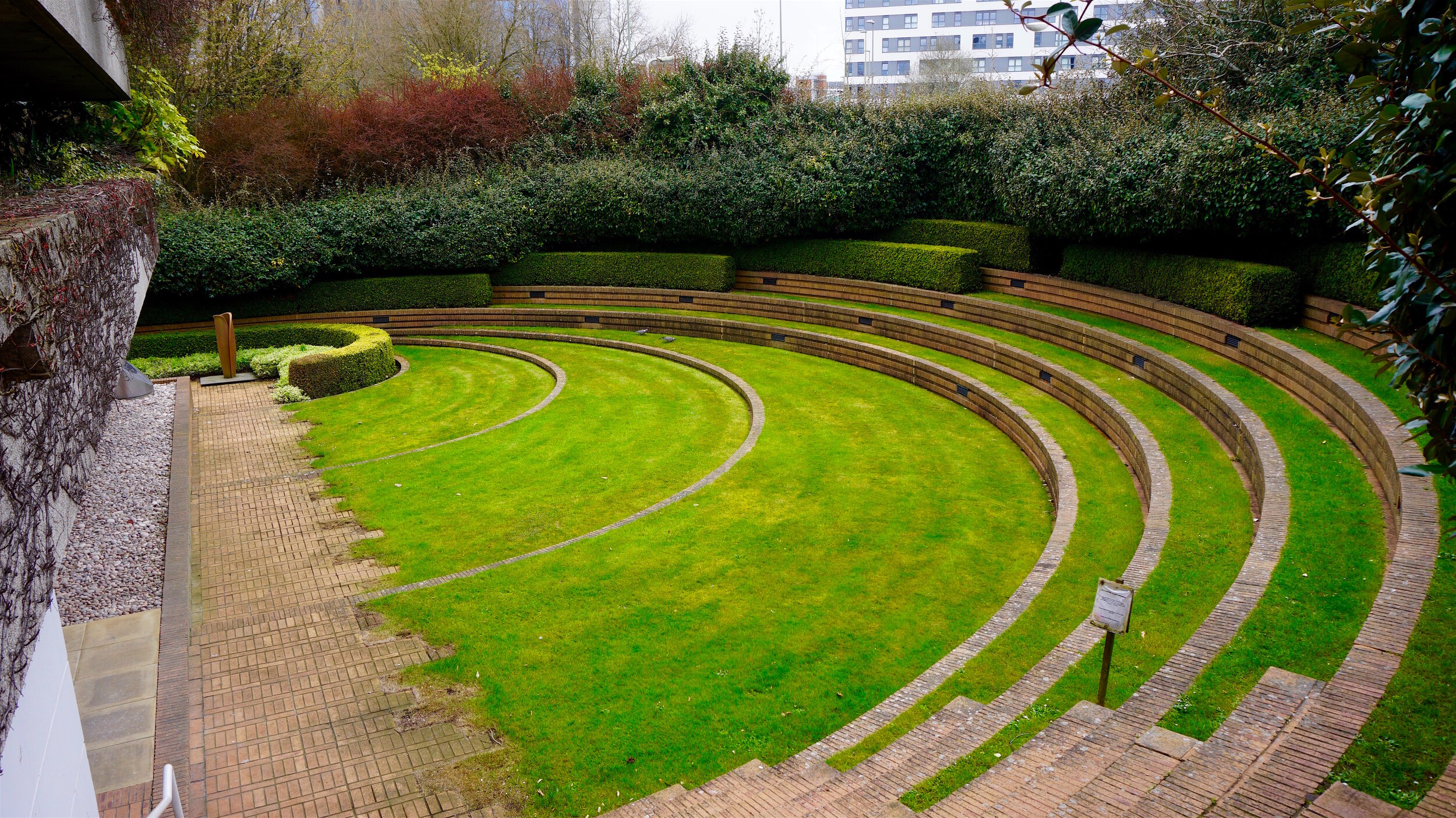
Post-War Designed Landscapes – Heritage Assets and Contemporary Life
Recent discussion on Coventry’s iconic town centre have highlighted the vulnerability of the architectural - and landscape architectural heritage of the post-war period. In this final post of the series Luca Csepely-Knorr and Karen Fitzsimon highlight a few examples that have already gone, have been altered irreversibly or are under threat to be lost.
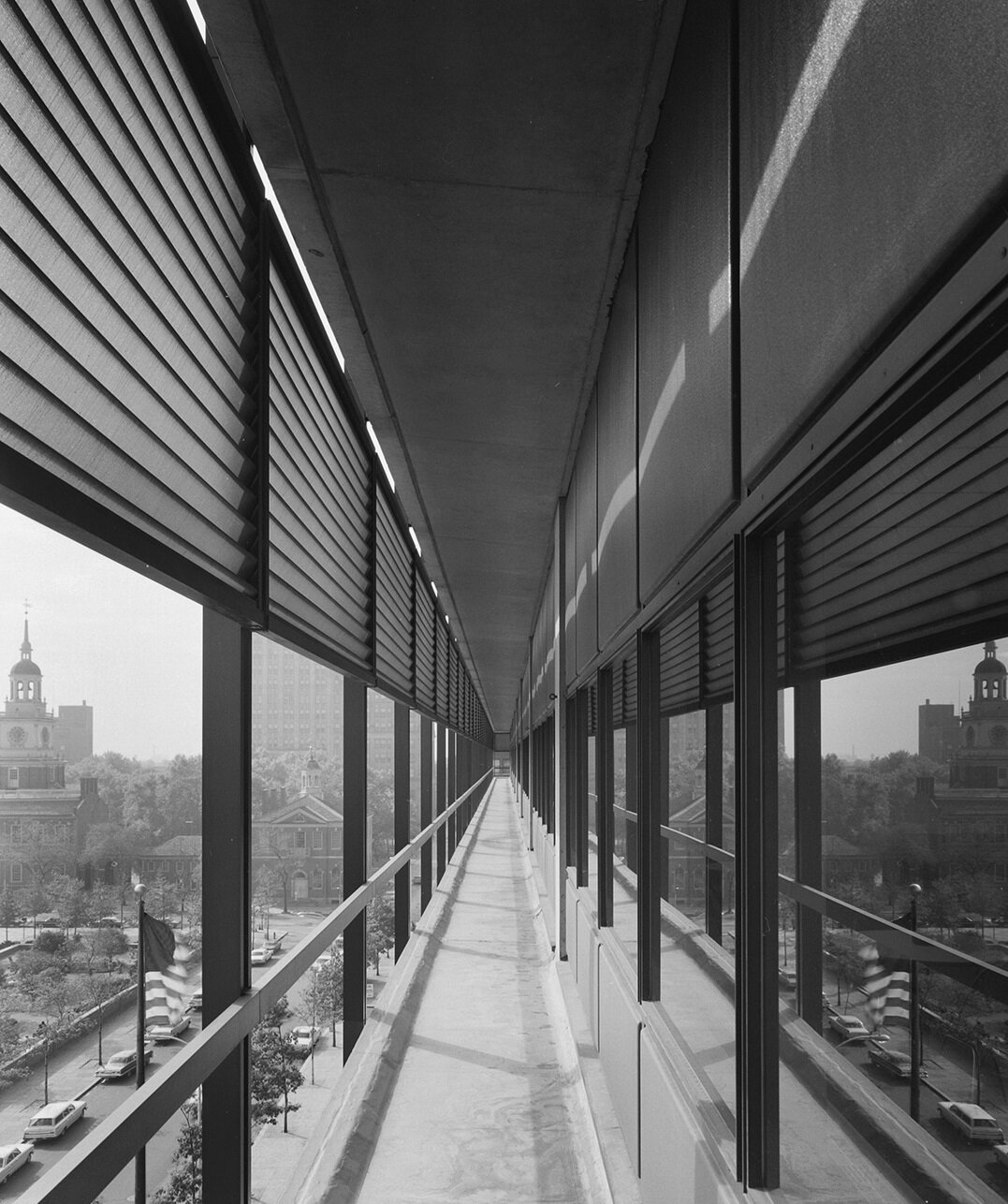
Modernism and Architectural Branding: Re-casting the histories of corporate headquarters
In her new book, Building Brands: Corporations and Modern Architecture, Grace Ong Yan discusses the evolution of architectural branding in mid-twentieth century America. Through in-depth case studies, she demonstrates how clients and architects together crafted buildings to reflect their company’s brand, carefully considering consumers’ perception and their emotions towards the architecture and the messages they communicated.

Spaces of Sickness and Wellbeing: art, architecture & experience
For better or worse, histories of health architecture have long remained tied up with the narrative of progress stemming from the Early Modern period.
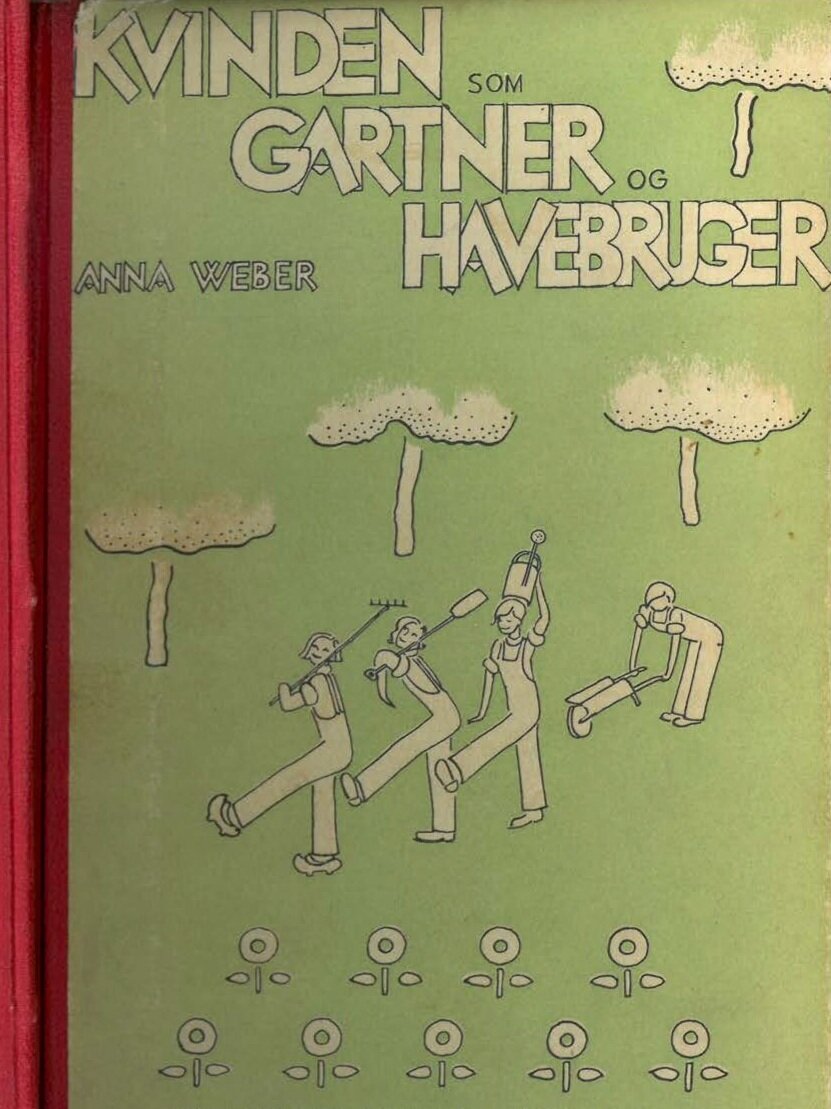
Women in Danish Architecture: A New Research Project on Gender and Practice
The role played by women design professionals in shaping the modern Danish welfare state has long been ignored, while a select band of male architects is ceaselessly glorified.
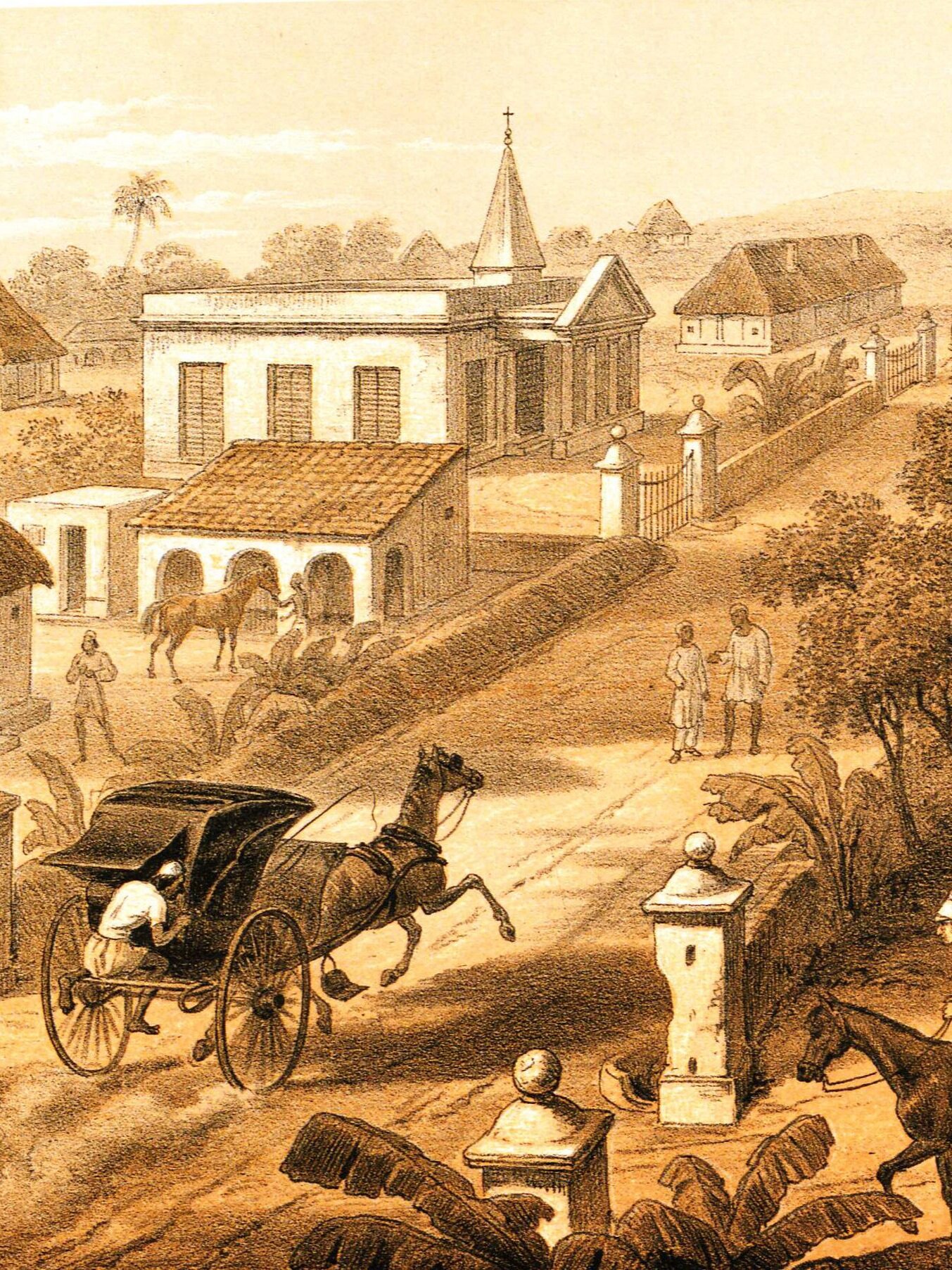
Looking for the ‘Absent’ Women in Mufassal Towns of Colonial Bengal
Confronted by the scarce imprints of Indian women in the provincial towns of 19th-century Bengal, can the evolving spatial complexity of urban domestic spaces cast light on the territorial gendering of the wider landscape, and allow us to recognise even this absence as a material presence?

An Encounter between a Chinese Stadium and a Costa Rican Volcano on a Geophysicist’s Monitor
What do a stadium and an active volcano in Costa Rica have in common? Turning to geoaesthetics, Valeria Guzmán Verri examines this encounter to reframe discussions about the impact China’s foreign-aid projects are having in the Global South.
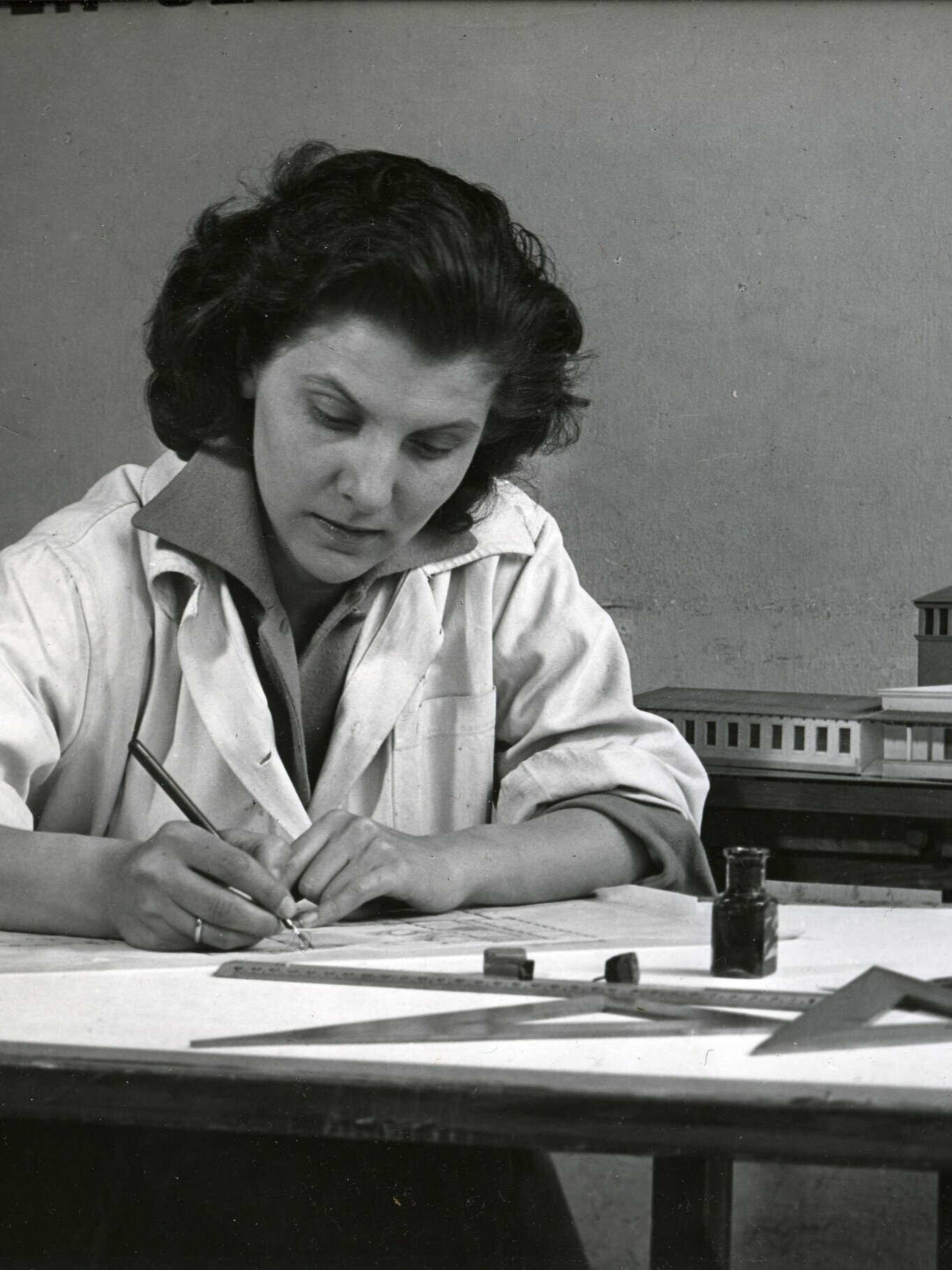
Women in Eastern European Architecture: Equal Rights with Partial Emancipation
The Hungarian architect Mariann Simon discusses the frictions between egalitarian ideologies and gendered realities that faced women architects pursuing their careers in the post-war Eastern Bloc states.
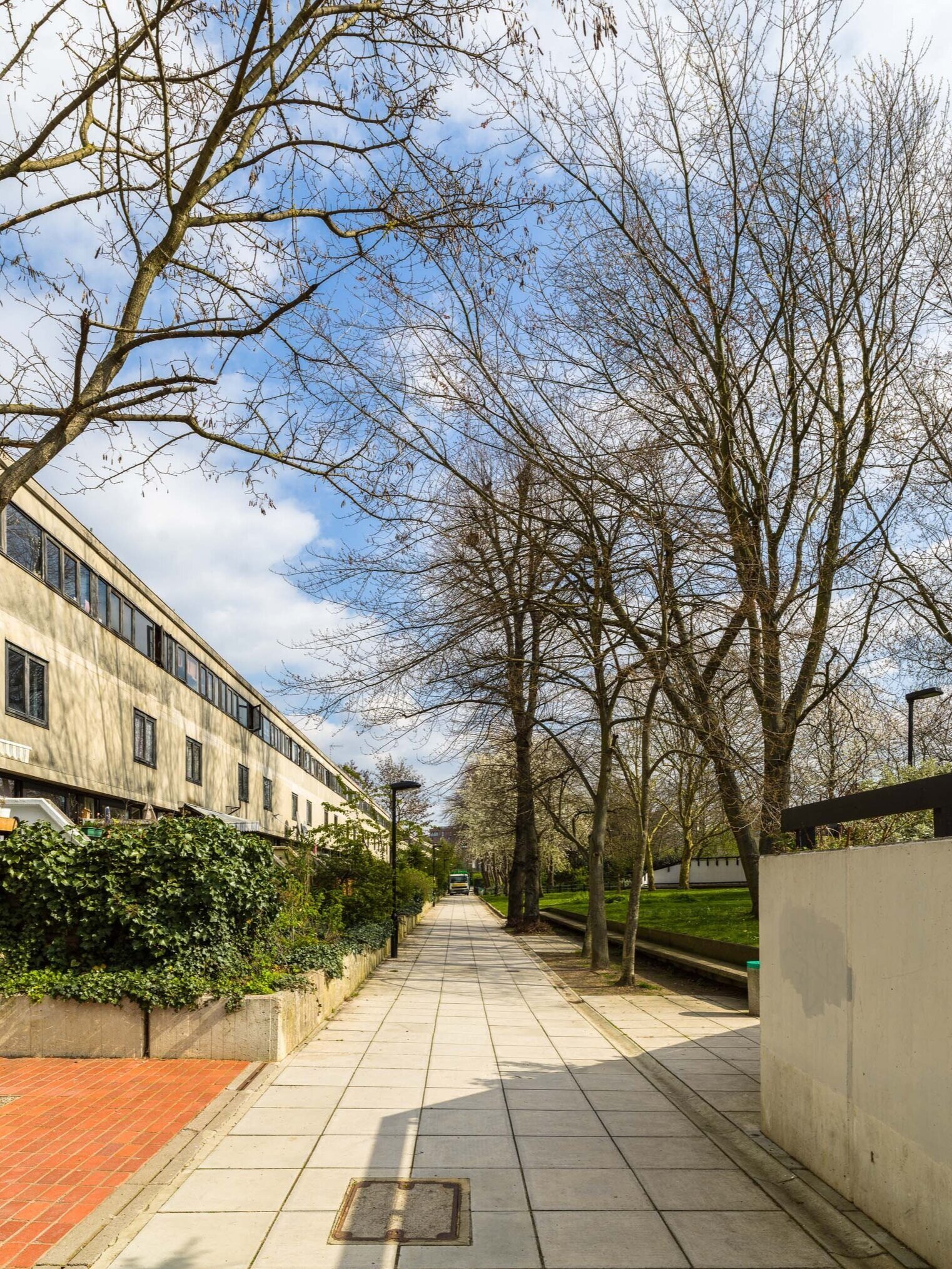
Post-War Designed Landscapes – ‘A green place in which to live and work’: Landscapes by Sylvia Crowe and Janet Jack
Luca Csepely-Knorr and Karen Fitzsimon look at the far-ranging impacts of Sylvia Crowe and Janet Jack, influential not just for their radical projects and publications, but also for shattering the barriers facing women in the profession, and helping others in their wake

The Gemini: ‘A cess-pit run to make money out of sexual filth’
To mark LGBT History Month, the SAHGB's LGBTQ+ Network is delighted to present an excerpt from Lizzie Osborne’s ‘Cesspits of Filth’ project. In this investigation of Huddersfield’s Gemini club, the ‘Studio 54 of the North’, Osborne writes that the project aimed to 'reappropriate British vernaculars in a way that expressed the subliminal coding of desire and expression’ by offering a spatial and experiential reconstruction of the former queer night club.
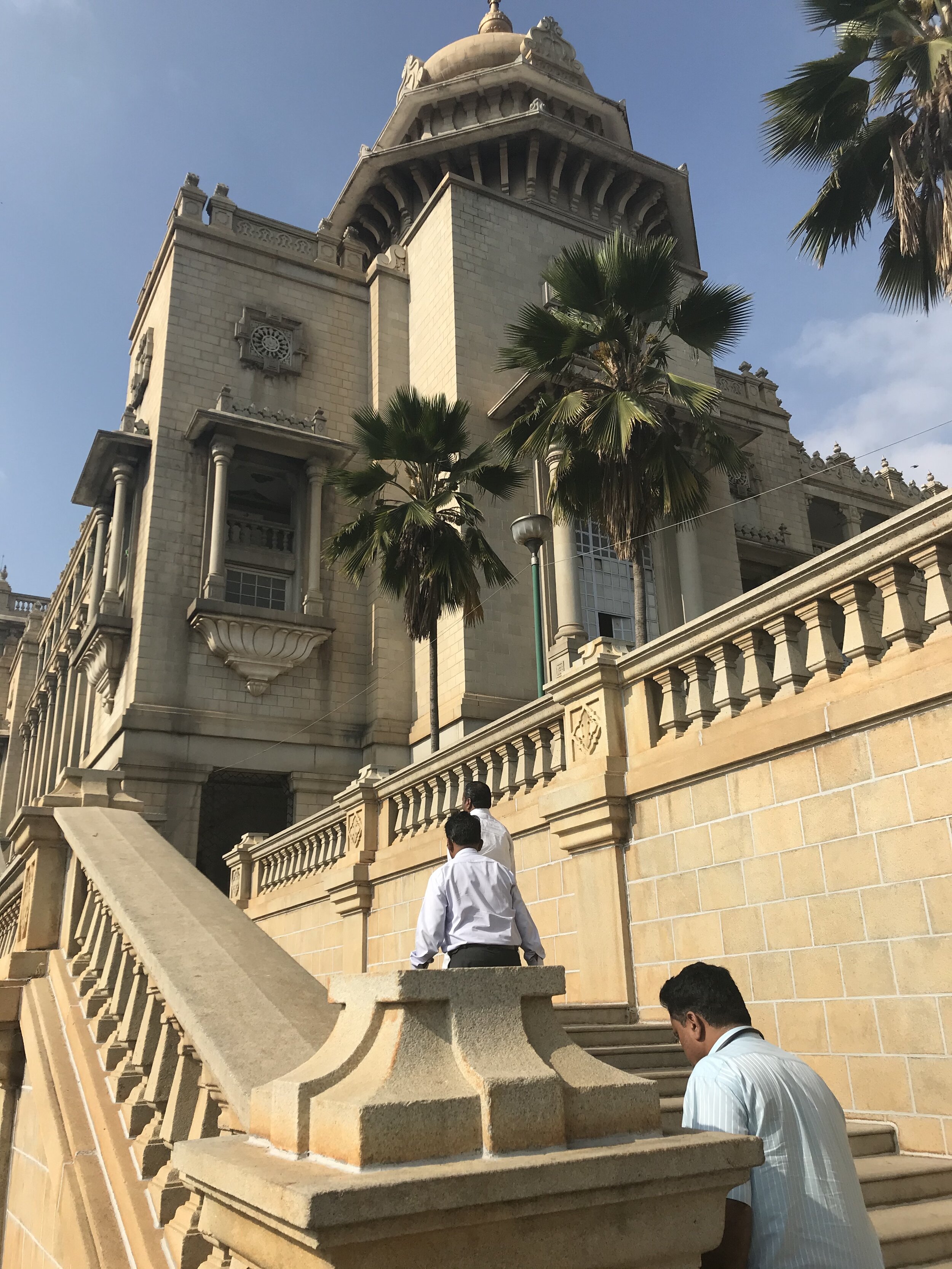
Scholarship in Communion: Writing on Architecture and Empire
How might writing groups broaden the mandate of academic societies to better support not just the dissemination and recognition of research, but also its production? Discussing their ambitions in organising a writing group, Sonali Dhanpal, Sben Korsh and Y.L. Lucy Wang explain how this format is especially suited to nurture emerging projects on architecture and empire.
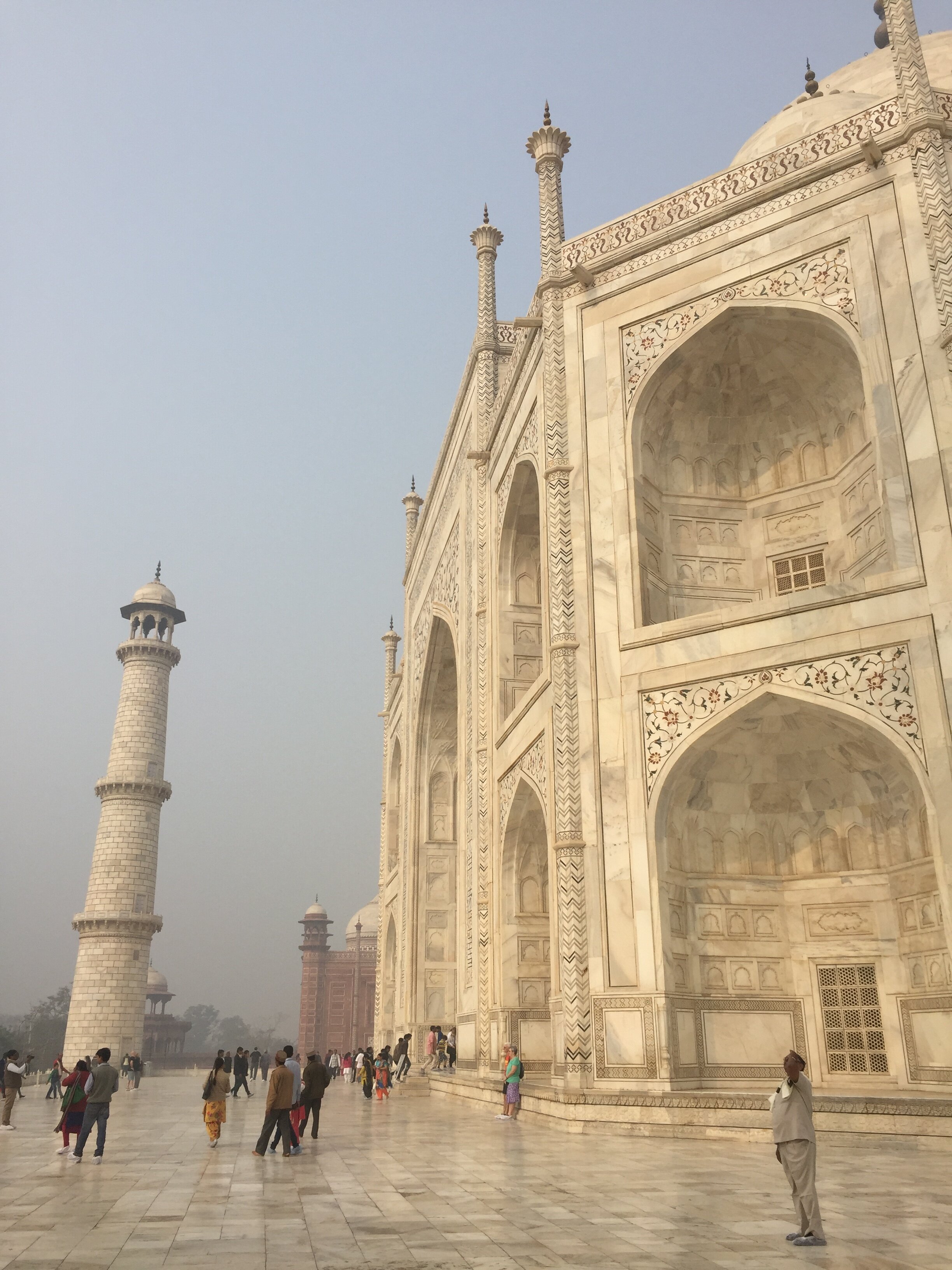
Architectural Tourism in a Time of Pandemic
What is it about architecture, and heritage in particular, that beckons us to travel? And what changes when we are forced into virtual experiences of place? Through an exploration of a discarded modernist monument, Ontario Place in Toronto, Shelley Hornstein considers how we might use virtual tools and new perspectives on travel and tourism to reinvigorate the physical site, and proposes that imagination is precisely what is needed to harness their cultural, historic and social qualities.


Is Neoclassicism the Vernacular Architecture of the City of London?
The Society’s Treasurer, Luca Jellinik, introduces Claxity.com, a web-based series of articles about the architectural heritage embodied by this vast, almost forgotten body of work.


ADH 2020: Shortlist Interview - David Hemsoll
A series of features including interviews with shortlisted authors for the Alice Davis Hitchcock Medallion

ADH 2020: Shortlist Interview - Anne-Françoise Morel
A series of features including interviews with shortlisted authors for the Alice Davis Hitchcock Medallion

ADH 2020: Shortlist Interview - Otto Saumarez Smith
A series of features including interviews with shortlisted authors for the Alice Davis Hitchcock Medallion

ADH 2020: Shortlist Interview - Louise Campbell
A series of features including interviews with shortlisted authors for the Alice Davis Hitchcock Medallion

Lynne Walker: Learning from the Thesis
To mark her forthcoming appearance at this year’s Awards Ceremony, our Annual Lecturer Dr Lynne Walker met with Aymee Thorne Clarke to discuss her 1978 thesis on Arts & Crafts architect and scholar E.S. Prior, the influence of her supervisor Nikolaus Pevsner and re-occurring subjects in contemporary architectural culture.

ADH 2020: Shortlist Interview - Łukasz Stanek
A series of features including interviews with shortlisted authors for the Alice Davis Hitchcock Medallion
